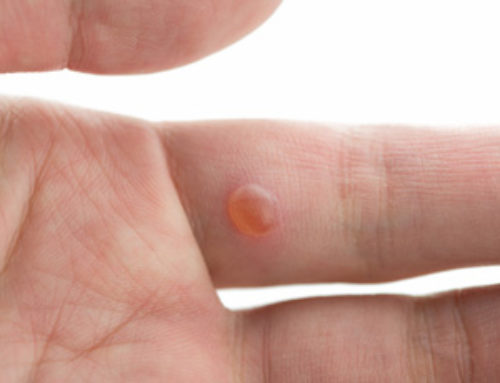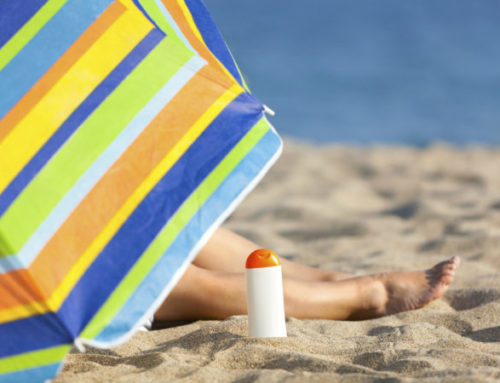Choosing the best moisturizer can be tricky. The New York Times gives us some great tips for choosing the right type for your skin.
Full article below
With the cool air of fall upon most of us and winter’s cold, dry winds approaching, it’s time to get serious about caring for the stratum corneum, the outermost layer of skin, the body’s largest organ, which protects the vital tissues within.
Long thought to be biologically inert, the stratum corneum is now known to be an intricate, biochemically complex structure, the sanctity of which is critical to having healthy skin. It has a brick-and-mortar construction; the bricks – or corneocytes – are made up of organized threads of keratin that can hold large amounts of water, embedded in a mortar consisting of fatty acids and other lipids.
Skin, in fact, is 64 percent water, making water an essential ingredient of healthy skin. If the stratum corneum gets too dry, the skin can become itchy, scaly, inflamed, leathery and unattractive. For most people, whether their skin is dry or oily and especially if they live in a cold, dry or windy climate, routine use of a moisturizer can protect the skin’s water supply.
But faced with the dizzying array of choices on store shelves, how is the consumer to select a moisturizer likely to be effective and unlikely to cause an unwanted reaction? Should you choose a lotion, cream or ointment? Should you look for one labeled “dermatologist-recommended,” “fragrance-free,” “noncomedogenic,” “organic,” “natural,” “clinically proven” or “hypoallergenic?” Do you make a selection based on brand name, price, a doctor’s or friend’s recommendation?
Those are good but hard-to-answer questions, says Dr. Shuai Xu, a dermatologist affiliated with Northwestern University’s Feinberg School of Medicine. You see, moisturizers and their advertised claims, like all other cosmetic and personal care products, are at best loosely regulated, dependent almost entirely on the integrity of manufacturers to market a safe, effective product and on consumers to holler loudly when a product is neither.
Among the 15 products claiming to be hypoallergenic, 83 percent had at least one ingredient on the allergen list, and 24 products contained five or more such ingredients. Interestingly, products that lacked any allergenic ingredients, costing on average 83 cents an ounce, “were not statistically more expensive per ounce (median, 60 cents) than products with one or more allergens,” the team found.
Furthermore, as Dr. Jonathan I. Silverberg, who directs Northwestern’s Contact Dermatitis Clinic and Eczema Center, explained, “Much of the labeling of products as hypoallergenic is nonsense. If you use a product long or often enough, you can become vulnerable to an allergic reaction. It’s not that the product is mislabeled – it’s that you can become allergic to almost anything, especially if you have a predisposition.”
An initial mild allergic reaction of itching and redness can progress to a profound reaction of stinging, burning, swelling and pain, Dr. Silverberg said. “With each exposure, the reaction gets stronger,” he said. Thus, the wise consumer with an allergic tendency might consider switching periodically to a different product and should certainly stop using any moisturizer that seems to be setting off an untoward reaction.
The American Academy of Dermatology suggests that in choosing a moisturizer, consumers wishing to avoid common allergic sensitizers pick one that is free of additives, fragrances and perfumes, though the new study showed this is clearly a challenge, even for knowledgeable physicians.
Cost is no guarantee of safety or effectiveness, the new study showed. Products labeled “dermatologist-recommended” are more expensive, but Dr. Xu said “the label doesn’t mean anything – is it 100 dermatologists, 10 dermatologists or one dermatologist?” The most expensive moisturizer his team analyzed contained the most allergens – a total of eight on the North American group’s list.
Health-conscious consumers sometimes turn to products labeled “organic” or “all-natural” for moisturizing in hopes of avoiding synthetic chemicals. But these “are not necessarily unlikely to cause a reaction and may not be very effective,” Dr. Xu said.
Olive oil, for example, increases water evaporation from the skin, he said, adding that the oils likely to be most protective and free of allergens are sunflower oil, coconut oil and shea butter.
However, for most people, moisturizing lotions, which contain more water than creams or ointments, are effective and least expensive. They evaporate quickly on the skin and do not leave a greasy feeling that many consumers dislike.
Nonetheless, people with very dry skin might invest in a cream or ointment, the cost of which is reduced by the need to use less of the product. Creams contain more water than ointments and offer what the team called “a middle ground” for people who dislike the greasiness of ointments. Ultimately, the team concluded, “patient adherence and willingness to use a moisturizer is more important than a specific formulation or vehicle.”
Ideally, moisturizers are best applied on damp skin within minutes of bathing, after patting the skin dry, to lock in moisture. Also helpful is to bathe or shower in warm, not hot, water.









